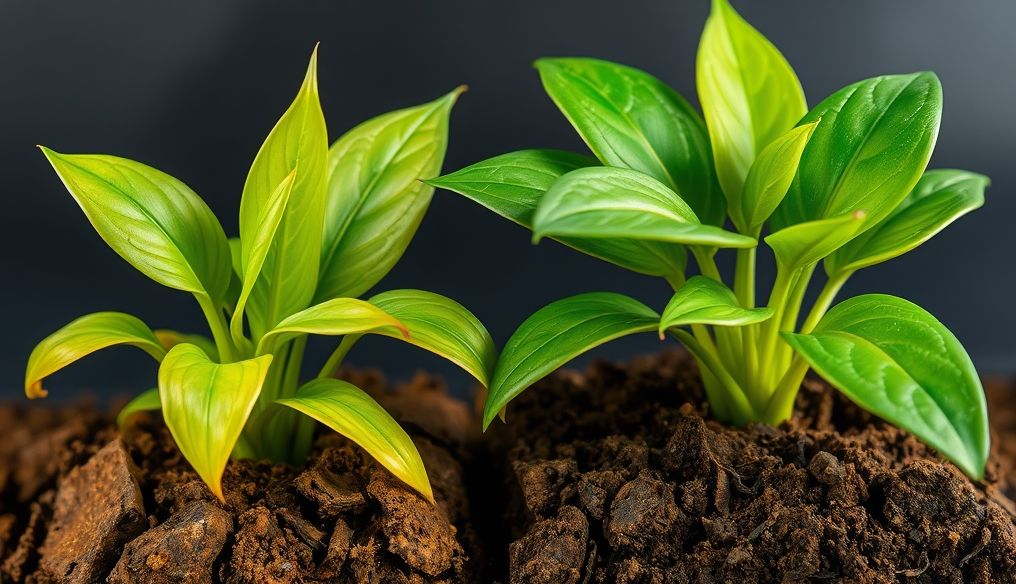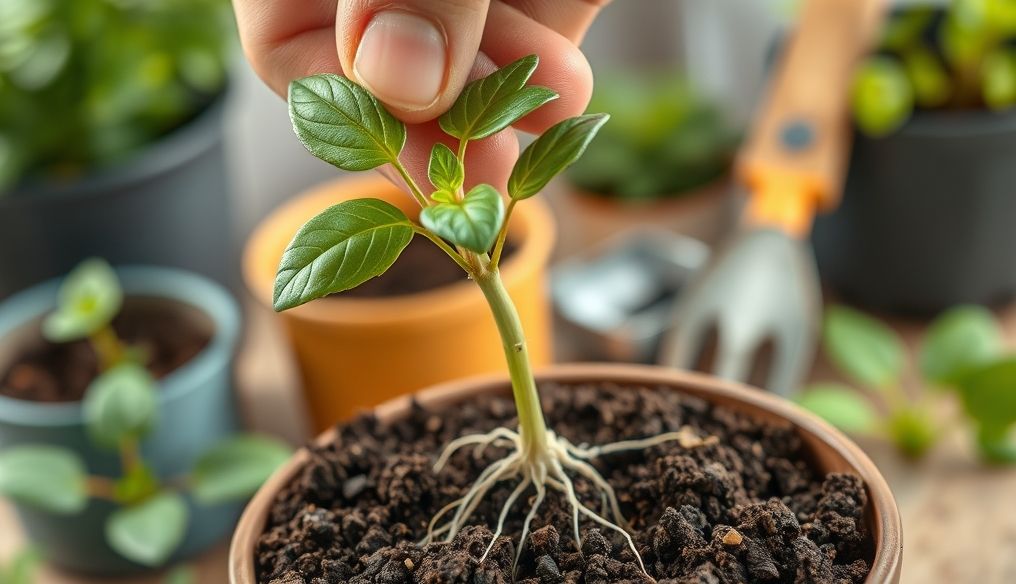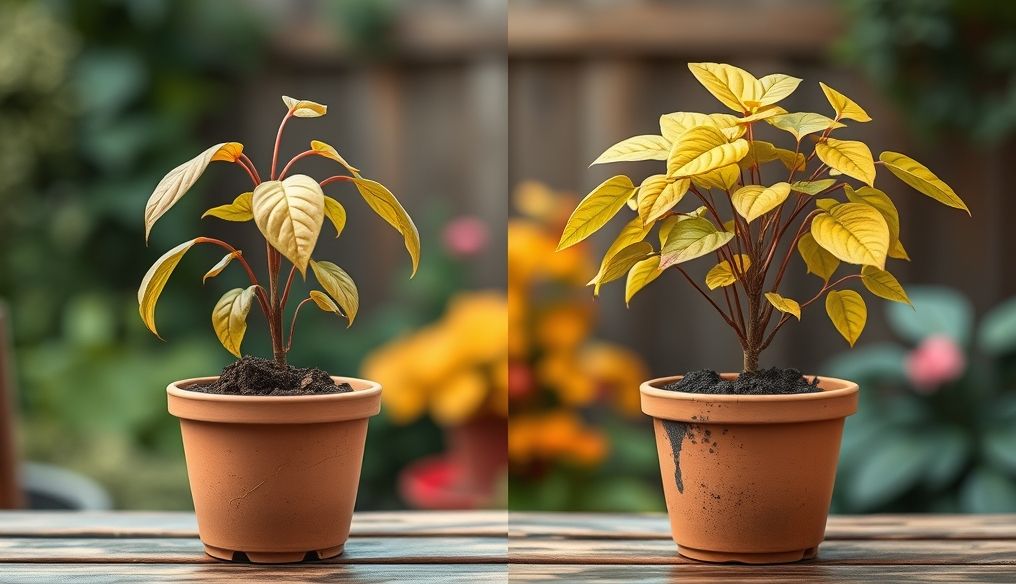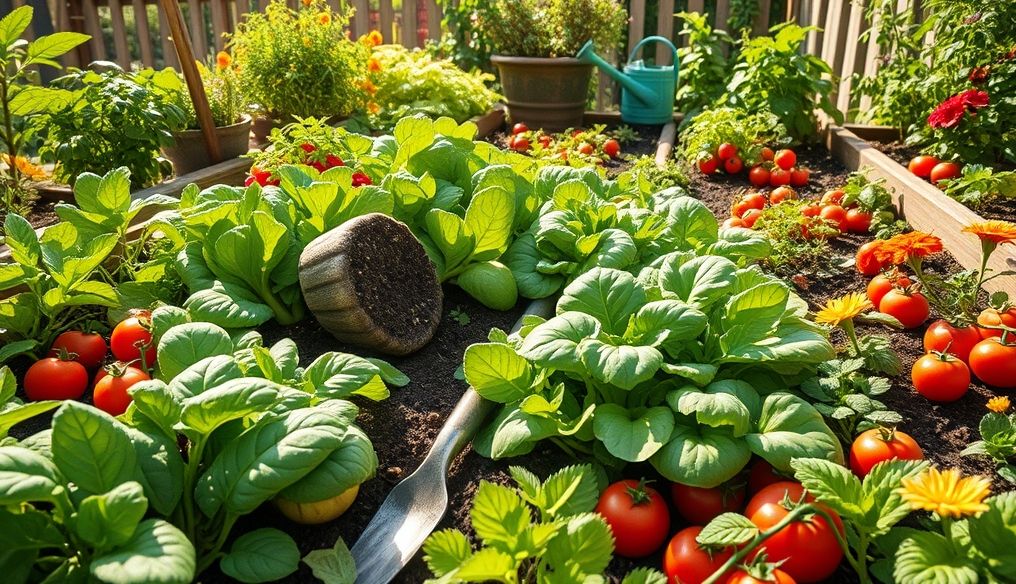Introduction to Plant Propagation from Cuttings
Plant propagation from cuttings is a popular and cost-effective method for multiplying plants, where a part of the parent plant (the cutting) is used to grow a new plant with the same genetic traits. This method is ideal for propagating plants that are difficult to propagate from seeds or to maintain specific characteristics of the parent plant.
What is a Suitable Cutting for Propagation?
A cutting is a part of the plant, often a stem or leaf, that is separated from the parent plant and planted to produce a new plant. There are different types of cuttings depending on the part of the plant used:
- Tip Cuttings: Taken from the end of a growing stem, characterized by rapid growth.
- Stem Cuttings: Taken from the mature stem of the plant, suitable for many plants.
- Leaf Cuttings: The leaves of the plant are used to produce a new plant, suitable for some plants such as succulent ornamental plants.
- Root Cuttings: The roots of the plant are used to produce a new plant, suitable for some plants with strong roots.
Tools and Materials Needed for Plant Propagation from Cuttings
To ensure the success of the propagation process, the following tools and materials should be provided:
- Sharp knife or sterilized pruning shears: To cut the cuttings cleanly and accurately.
- Rooting hormone: To speed up the rooting process and increase the chances of success.
- Suitable growing medium: Such as peat moss or perlite, to provide a good environment for root growth.
- Small pots or planting containers: To plant the cuttings in.
- Water sprayer: To moisten the cuttings regularly.
- Plastic cover or small greenhouse: To maintain humidity around the cuttings.
Steps to Propagate Plants from Cuttings Step by Step
- Choosing the Right Cutting: Choose a healthy cutting free from diseases, with a length between 5-15 cm depending on the type of plant.
- Preparing the Cutting: Remove the lower leaves from the cutting, leaving only the upper leaves.
- Dipping the Cutting in Rooting Hormone: Dip the lower end of the cutting in rooting hormone to promote root growth.
- Planting the Cutting: Plant the cutting in the prepared growing medium, making sure that the upper leaves are above the soil surface.
- Watering the Cutting: Water the cutting gently using a water sprayer, making sure the soil is moist and not waterlogged.
- Covering the Cutting: Cover the cutting with a plastic cover or place it in a small greenhouse to maintain humidity.
- Providing Adequate Light and Heat: Place the cutting in a warm and bright place, but avoid exposing it to direct sunlight.
- Follow-up and Care: Check the cutting regularly and spray it with water to maintain humidity. After a few weeks, the roots will form and you can transfer the plant to a larger pot.
Tips to Increase the Chances of Successful Plant Propagation from Cuttings
- Choosing the Right Time: Spring and autumn are the best times to propagate plants from cuttings, as the plants are in an active growth period.
- Maintaining Humidity: High humidity is essential for successful rooting.
- Avoid Overwatering: Overwatering can lead to cutting rot.
- Providing Adequate Light: Sufficient light is essential for the growth of the new plant.
- Using a Sterile Growing Medium: To avoid the spread of diseases and fungi.
Plants That Can Be Easily Propagated from Cuttings
Many plants can be easily propagated from cuttings, including:
- Ornamental Plants: Such as roses, jasmine, bougainvillea, and petunias.
- Herbs: Such as mint, basil, rosemary, and sage.
- Trees and Shrubs: Such as grapes, figs, olives, and pomegranates.
Common Problems and Solutions in Plant Propagation from Cuttings
You may encounter some problems during the propagation process, including:
- Cutting Rot: Occurs due to overwatering or lack of good ventilation. The solution is to reduce watering and provide better ventilation.
- Failure of Cutting to Root: May be due to not using rooting hormone or not providing the right conditions. The solution is to use rooting hormone and provide adequate humidity and heat.
- Spread of Diseases and Fungi: Occurs due to using unsterilized tools or contaminated growing medium. The solution is to use sterilized tools and a clean growing medium.
Conclusion
Plant propagation from cuttings is a fun and rewarding way to expand your plant collection and save money. By following the steps and tips mentioned in this article, you can achieve great results and enjoy new plants made by your own hands.




